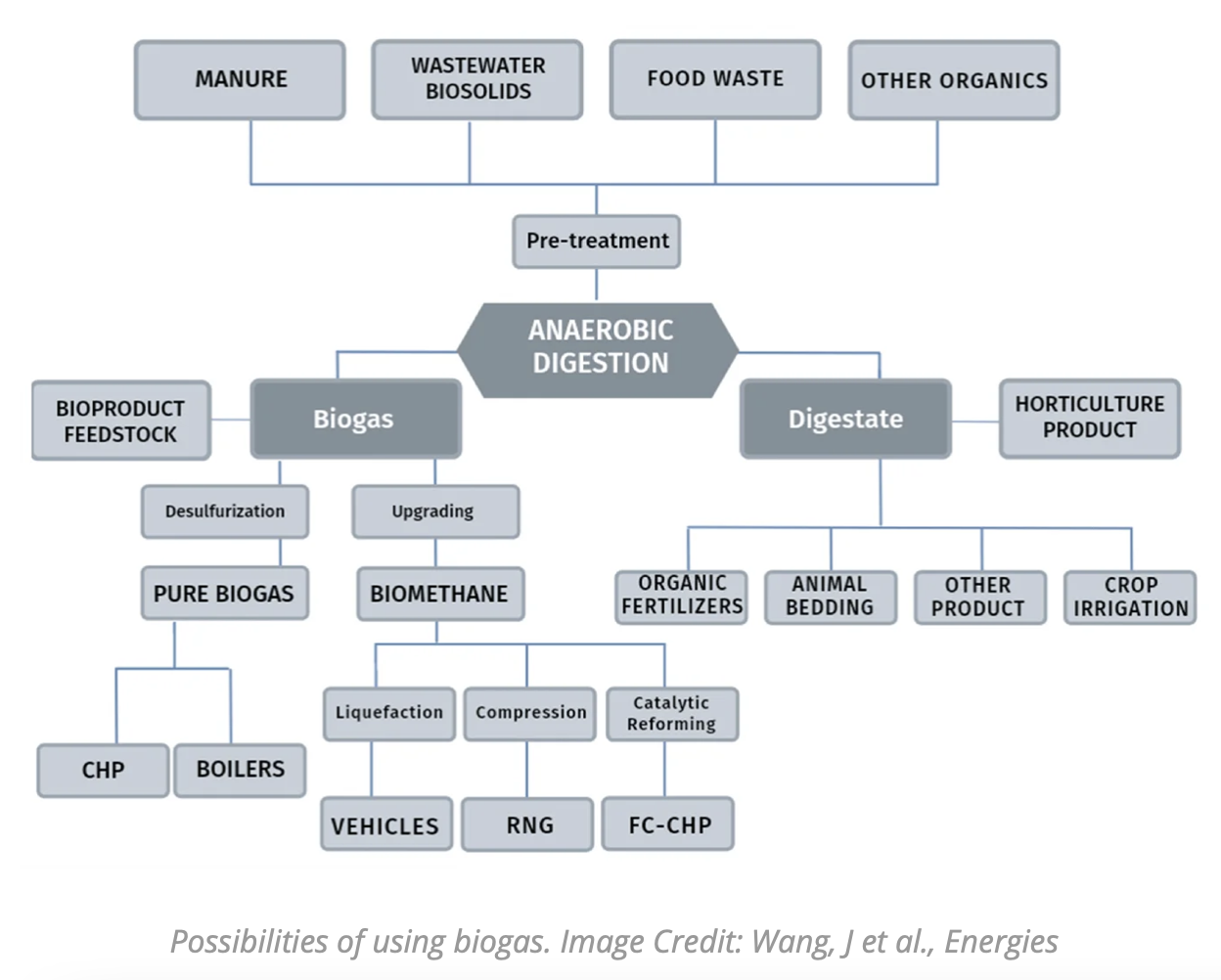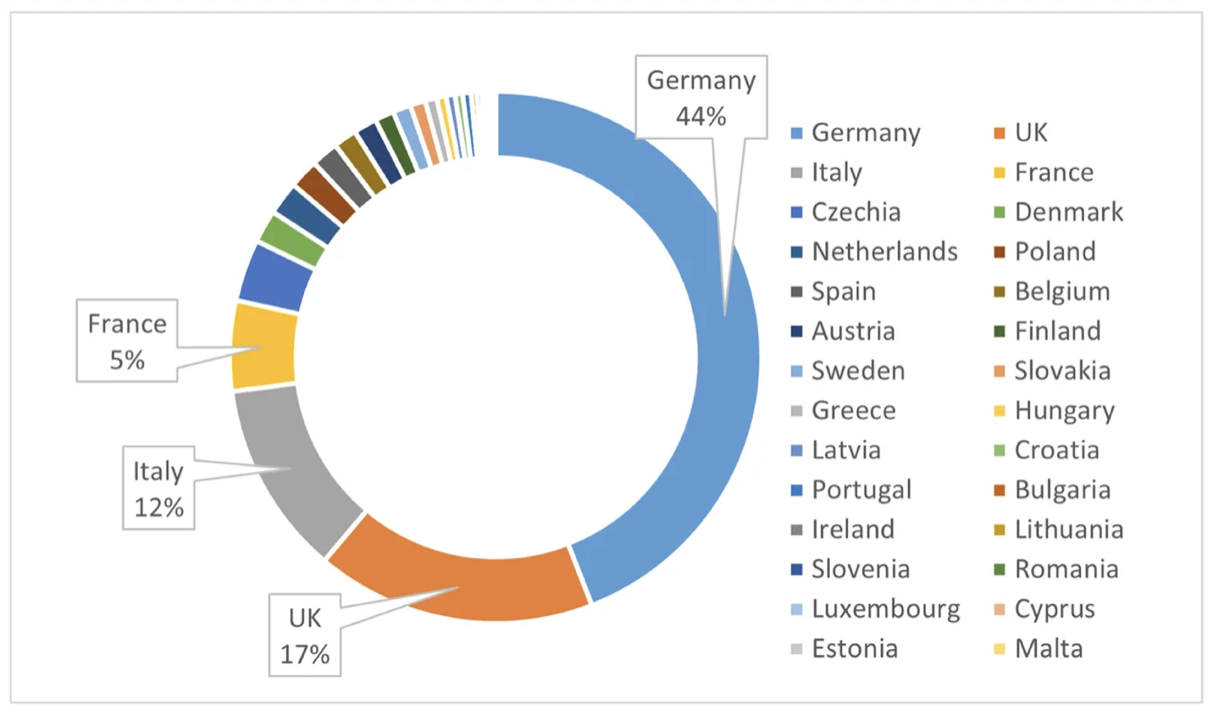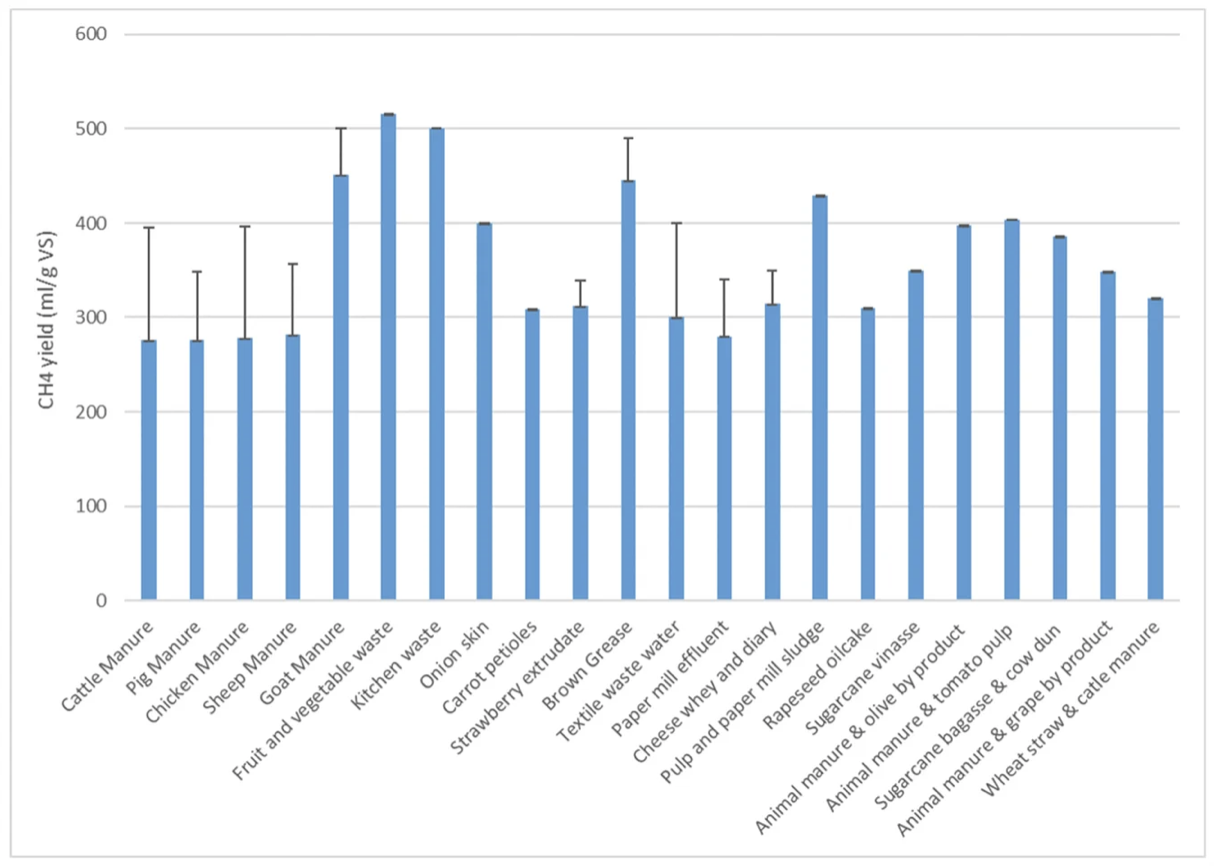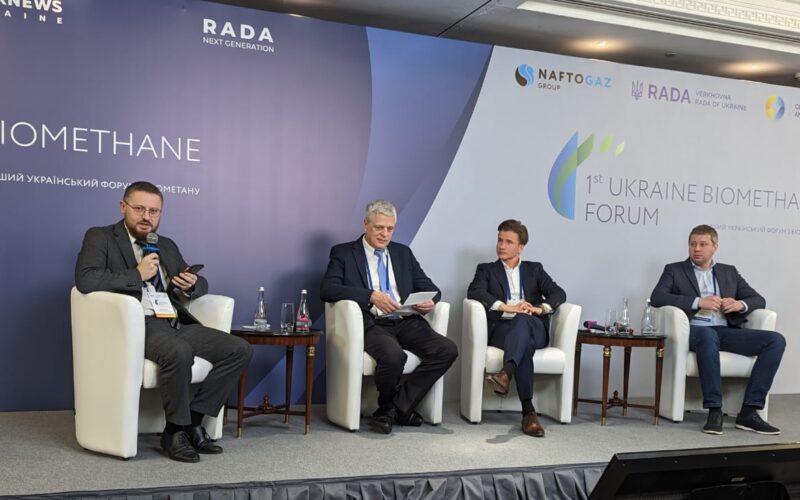Research: Advantages of biogas and biomethane
We share with you the study «Biogas and Biomethane Production and Usage: Technology Development, Advantages and Challenges in Europe».
Important ideas
- In Europe, combined biogas and biomethane output exceeded 191 TWh in 2020 (more than 18 billion m3 of CH4 / year).
- Over the last decade, the biogas industry has grown by 90%, with Europe accounting for more than 70% of global biogas production.
- Around two-thirds of biogas produced globally was used for electricity and heat, while about a third was used by the residential sector. A small percentage of biogas was converted to biomethane, pumped into the gas grid, or used as fuel.

- Food manufacturing waste, livestock manure, and sewage sludge were found to be common feedstocks. Biogas production substrates varied substantially by geography and were frequently dependent on the availability of specific raw materials in a given area.
- About 28% of the European plants employed agricultural substrate, while the second-place referred to 25% of energy crop feedstock.
- Biogas produced by anaerobic digestion (AD) techniques accounted for 84% of total biogas production.
- Over 50% of AD biogas in the EU was produced in Germany, whereas 43% of landfill gas production was strongly represented in the United Kingdom. Biogas produced from sewage sludge accounted for less than 5% of all biogas produced in the EU.

- Biogas could be used to replace fossil fuels in the power generation, transportation, and residential sectors.
- Biomethane potential in Europe was estimated to be 1350 TWh due to the abundance of biodegradable substrates.
- Membrane separation was found to be the most widely utilized upgrading technology.
- Almost 80% of the biomethane production in Germany was heavily reliant on energy crops, and 71% of the biomethane production in France was heavily reliant on substrates such as straw, manure, cover/catch crops, and crop residues.
- Biogas-to-biomethane conversion technology must be continually improved to reduce costs. Also, strong governmental and regulatory support for biomethane production, as well as clarification of market rules, need to be implemented.
- In industrialized countries, particularly in North America and Europe, switching to biomethane or renewable natural gas (RNG) is becoming more common.
- Biogas and biomethane have numerous advantages, including lowering energy dependence and contributing to baseload power generation.
The European Union’s goal of achieving a sustainable and competitive circular economy by 2050 necessitates energy system fundamental adjustments. The transportation industry, which is characterized by large emissions, is projected to experience substantial changes.

About research
In the study, the authors reviewed the state of biogas and biomethane production in Europe, from raw materials to the final product, as well as the technologies used for gas production.
The composition of renewable gases, processes of purification, generation, and technological modernization, as well as ways of use, were analyzed. The team focused on the most popular anaerobic fermentation process and pre-treatment methods. The distribution of biogas in Europe, leading producer countries, and the placement of installed biomethane plants by raw materials and modernization processes are also presented.
The role of biogas in Europe’s achievement of climate neutrality was studied. In the future, this study will provide an opportunity to determine the place of biogas in the energy sector and outline its future prospects in view of the background of geopolitical changes and new strategies. Attention is also paid to EU legislation that regulates the use of biogas and emission reductions.
Source: Wang, J., Li, D., Lv, X., et al. Biogas and Biomethane Production and Usage: Technology Development, Advantages and Challenges in Europe. Energies (2022): https://www.mdpi.com/1996-1073/15/8/2940.
Photo: Shutterstock.


